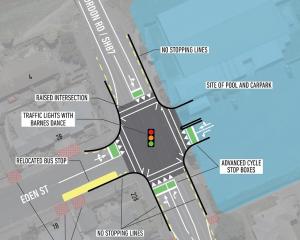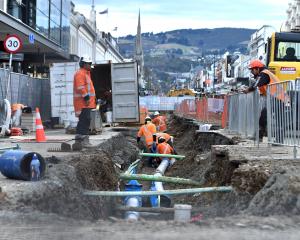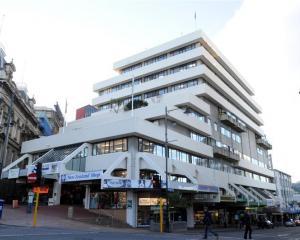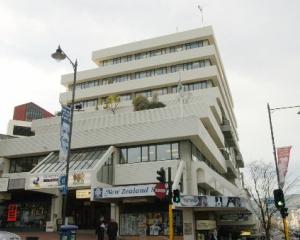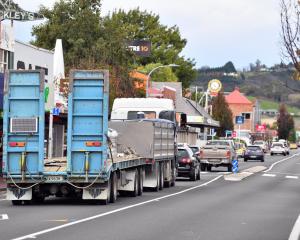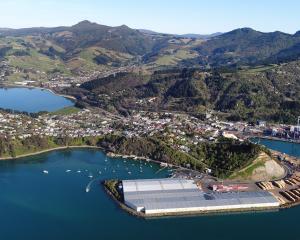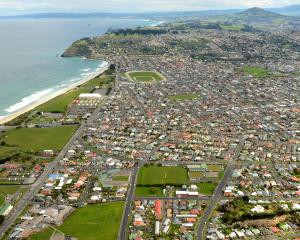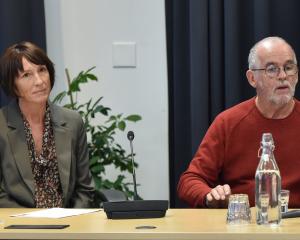The most interest and most controversy is often spurred by everyday matters of life.
In the case of local authorities these include the rates, the roads and the rubbish. In the case of the Dunedin City Council, these include charges, particularly for ''green waste'', at the Green Island landfill.
This newspaper has received several letters to the editor from residents outraged by changes in the policy and the prices at the landfill.
One resident with only a small collection of loose branches in a trailer was made to pay $30, while a packed-tight-to-the-brim trailer was charged the same amount.
Old tyres were charged at $4 each. Flexibility from the booth operators to charge incorporating the amount of rubbish rather than just vehicle size or trailer use has been removed.
And we learn charges are actually designed to make a healthy profit rather than break even. In fact, the profit from the landfill this financial year is budgeted about $1.5 million.
This was not the impression early last year when councillors debated increasing charges by 20%. Several thought the increase was to make sure the landfill was ''user pays''.
Instead, the rise was to ensure the landfill met ''budget'', with budget being the large surplus.
It seems the mistaken impressions were either not picked up by council staff or, if they were, not corrected - so much so that Cr Lee Vandervis this week called the fees ''an underhand way'' of charging some Dunedin residents higher rates.
As every ratepayer should know, the council is under financial stress.
Rate rises have been too high, debt is too large and the council has to do everything it can to minimise increases. That means looking at ''income streams'' as well as cost-cutting.
Nevertheless, making large double-digit profits from the landfill comes as a surprise. Parking has always made big profits, but almost every other council service breaks even or is subsidised.
It, therefore, seems the council's praiseworthy efforts to restrict the last rates increase to 3% was not just from efficiency efforts but also from stinging users of the landfall.
The profit in 2011-12 was $186,000 and in 2012-13 it was $531,000, and the budgeted profit of $1.5 million this year amounts to about 1.2% of the rates.
By cranking up earnings from the landfall, ratepayers as a whole are subsidised.
This is not ''user pays'', and does not seem fair. In effect, this has been a rates increase by another name, one that falls just on some residents.
Part of the motivation could well be to encourage people to recycle and minimise waste. After all, the council's Waste Management and Minimisation Plan includes the statement the council ''will use economic drivers to minimise waste to landfill''.
Was this part of the motivation for increasing the charges and removing flexibility?
Given the council, in part, used the same philosophy to discourage car use a few years ago when it hiked inner-city parking charges, it could well be so, even if this was not specifically part of the councillors' debate.
It would, indeed, be positive for the environment if more people did compost grass clippings and recycled more.
But the present approach seems to make it more likely more residents will switch to the commercial wheelie bin service (or skips).
There they will, as many already do, deposit green waste in with other non-recyclable items and all will be dumped together. Even less will be recycled. And the life of local landfills will be even shorter.
As rates and charges are discussed as part of the annual plan for the next financial year, landfill prices and policies are likely to come under scrutiny.
Hopefully, this time, councillors will be better informed - not that that will make decisions easier.
A substantial profit from the landfill is already built into the rates increase for next year, at present 2.5%.
To do the right thing and stop profiteering from the landfill, yet more savings will have to be found in other areas.


